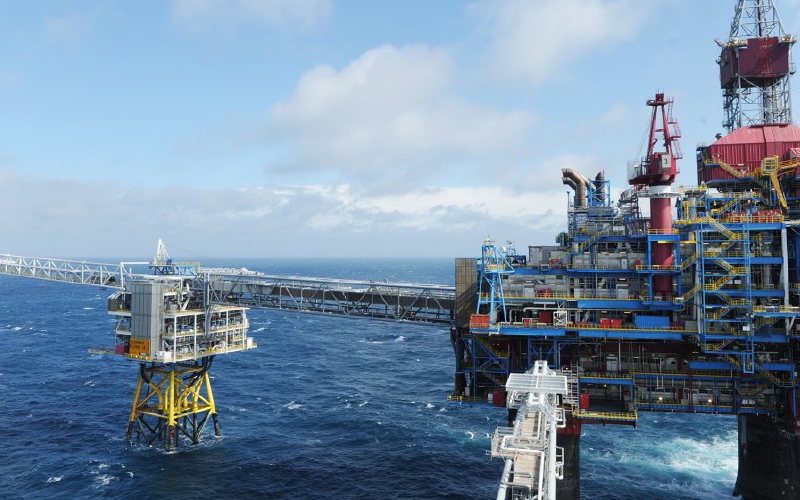In the fight against climate change, reducing carbon emissions alone may not be enough. As global temperatures continue to rise, the need for innovative solutions to manage and mitigate the impacts of excess carbon dioxide (CO2) in our atmosphere has never been more urgent. One such solution gaining traction is carbon storage, a process that involves capturing CO2 emissions and storing them securely underground for the long term. This technology, often referred to as carbon sequestration, is increasingly seen as a critical component of global strategies to limit warming to 1.5°C above pre-industrial levels.
But how do we ensure that the CO2 we bury deep beneath the Earth's surface stays there, safeguarding our future?








